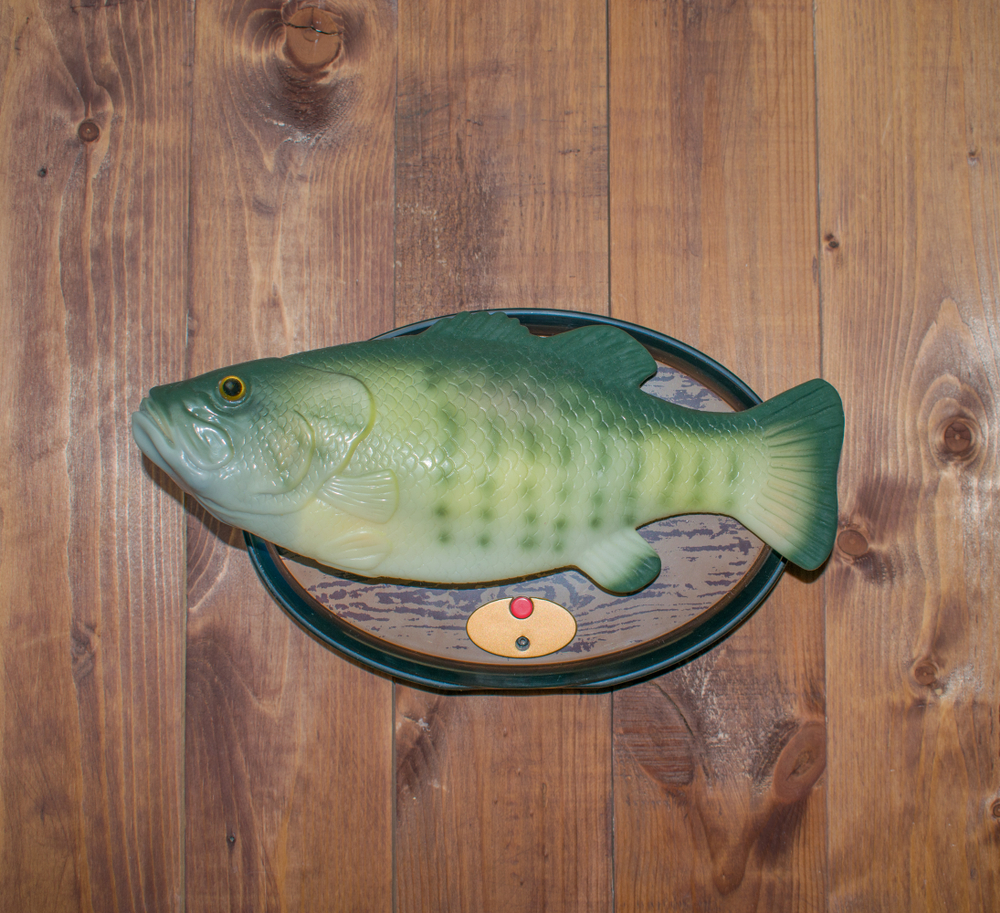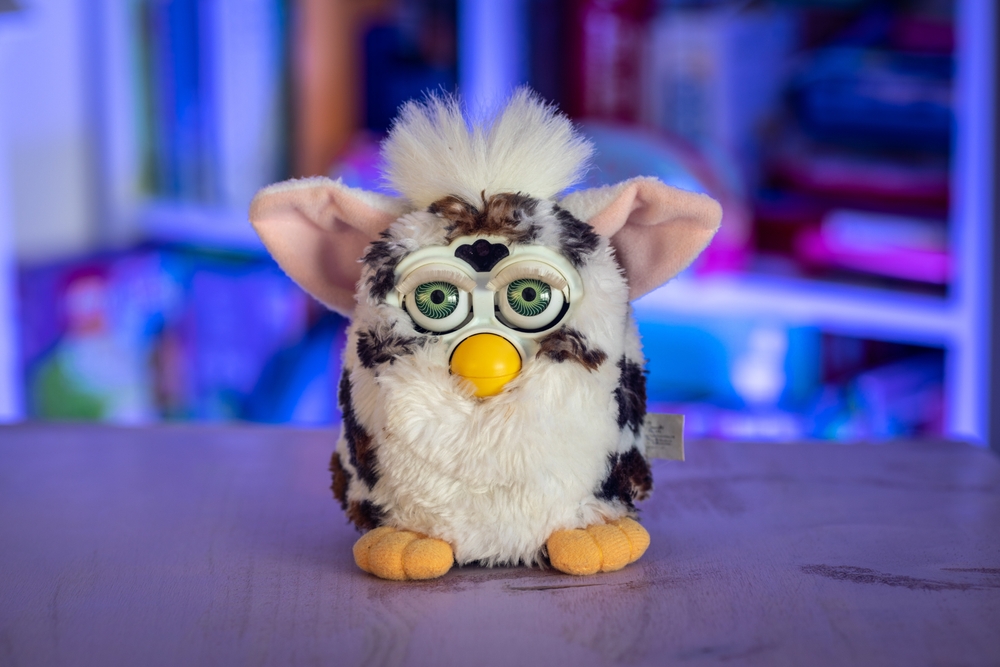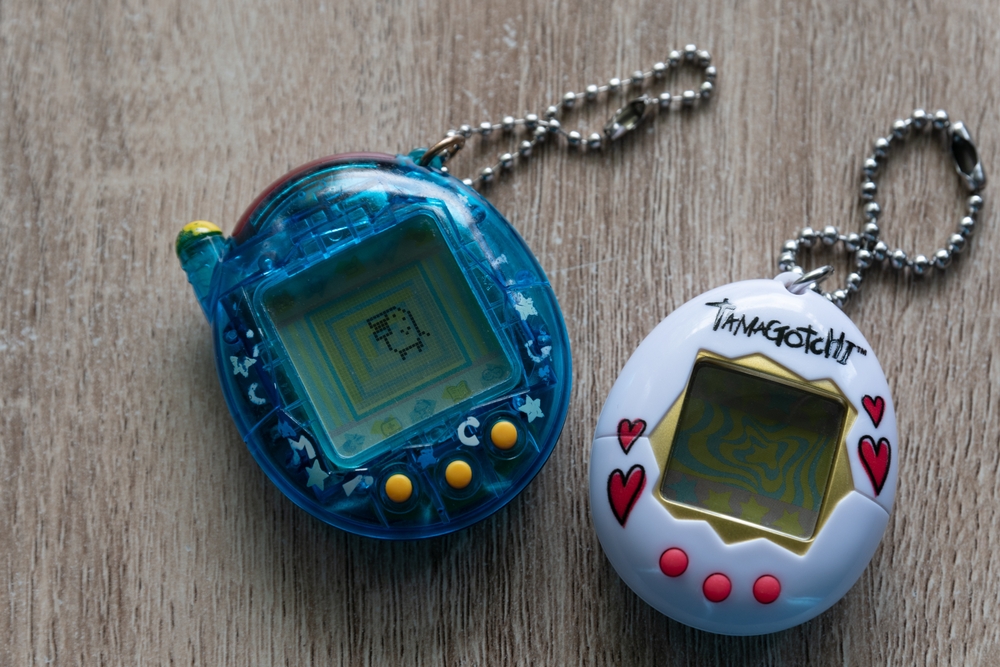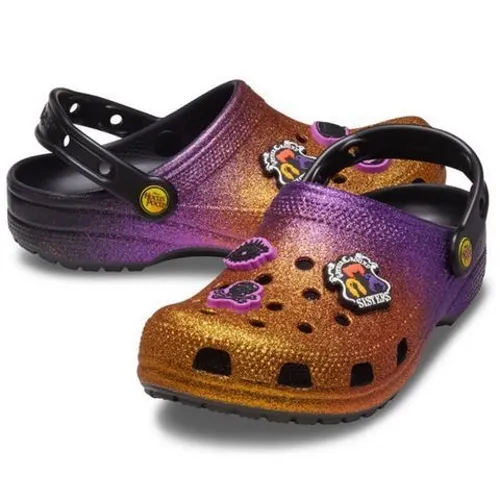Turning seemingly “dumb” ideas into fortunes might sound like something out of a fairytale, but it’s happened more times than you might think. Sometimes, the line between a wacky idea and a genius one is incredibly thin. What might seem outlandish or downright absurd is only a breakthrough away from changing lives—and bank accounts—forever. Here are 13 instances where people took a chance on what could easily be dismissed as silly, and wound up swimming in success.
1. The Pet Rock

Imagine paying for a rock. In 1975, Gary Dahl did just that by selling rocks as pets, with a clever marketing campaign. He packaged them in a box that included breathing holes and an instruction manual on how to care for your “pet.” To many, the idea seemed ridiculous, but Dahl sold over a million Pet Rocks in just a few months. According to the Smithsonian Magazine, Dahl’s “dumb” idea earned him millions, proving that sometimes success is just about seeing the humor in simplicity.
At the time, some critics mocked the Pet Rock as an emblem of consumerism gone awry. However, Dahl’s idea tapped into a cultural moment, capturing the imagination of a public looking for novelty. The modest price tag of $3.95 was approachable, making it an impulse buy for many. It wasn’t just a rock; it was a conversation starter, a gag gift, and a piece of pop culture history. The Pet Rock survives today as an example of how creativity and marketing can turn the absurd profitable.
2. The Snuggie

You might not think a blanket with sleeves is revolutionary, but the Snuggie defied odds. When it was introduced, critics quickly dubbed it the “backwards robe.” However, the Snuggie resonated with consumers looking for comfort and practicality. Through infomercials that highlighted its warm and fuzzy appeal, the brand sold millions in just its first year. While many scoffed at its simplicity, the Snuggie became a household name, demonstrating that sometimes convenience can drive success.
The Snuggie cleverly marketed itself as more than a product; it became a lifestyle enhancer. It appealed to the inner homebody, promising warmth and hands-free mobility. The brand used humor in its advertising, turning potential criticism into an engaging selling point. It wasn’t just about staying warm; it was a new way to experience leisure at home. This unique positioning helped the Snuggie become a cultural phenomenon, showing once again that a little twist on an old idea can create a big impact.
3. Million Dollar Homepage

When Alex Tew needed money for college, he came up with an idea that seemed both simple and silly: sell pixels on a webpage. He created the Million Dollar Homepage, a website with one million pixels, each available for purchase at one dollar per pixel. By selling advertising space in this format, Tew captured the imaginations of both businesses and the curious public. His approach was novel enough to go viral, and within months, he sold out all the pixels, making over a million dollars. Professor David Bell from the University of Pennsylvania noted that Tew’s strategy brilliantly leveraged scarcity and novelty to capture attention in a crowded digital space.
The Million Dollar Homepage became a testament to the power of unconventional thinking in the digital age. Businesses flocked to this unique advertising space, drawn by the promise of high visibility and a touch of humor. Tew’s idea was a flash of inspiration that capitalized on the burgeoning internet culture, creating a digital mosaic of logos and ads. Although it was a one-time venture, it left a lasting mark on the world of online marketing. In doing so, Tew proved that outlandish ideas could become groundbreaking with the right execution.
4. The Slinky

In 1943, an accidental discovery led to one of the most iconic toys ever made: the Slinky. Engineer Richard James was working on stabilizing devices for ships, but he accidentally knocked over a spring, and it “walked” down a stack of books. Seeing potential, he took the idea home, and with his wife Betty, developed a toy. The Slinky became a household staple, selling in the millions and embedding itself in toy history. What started as a possible engineering failure transformed into a beloved source of entertainment for children worldwide.
The success of the Slinky is a reminder of the importance of adaptability and perspective. Richard James saw beyond the initial failure, recognizing the amusing and mesmerizing qualities of his invention. By packaging it as a toy, he opened a new market and captured the imaginations of children and parents alike. The Slinky’s simple yet captivating motion was a joy to watch, captivating generations. This story highlights how a playful mindset can turn a professional setback into a personal victory.
5. Santa Mail

Byron Reese understood the magic of Santa Claus and how it captivated children around the world. In 2001, he launched Santa Mail, a service where parents could send letters from Santa to their children, each postmarked from North Pole, Alaska. This small touch added authenticity and wonder, touching on every child’s desire to connect with Santa. The service became wildly popular, with tens of thousands of letters sent each holiday season. According to behavioral economist Dan Ariely, Santa Mail successfully tapped into the emotional aspect of holiday traditions, turning a simple idea into a lucrative business.
Santa Mail’s success lies in its understanding of emotional value. Reese recognized that the magic of Christmas is a powerful force and that parents would be willing to pay for a piece of that enchantment. The service not only delighted children but also gave parents a tool to enhance the holiday experience. By offering a product that was both simple and imaginative, Reese unlocked a niche market with vast potential. His approach shows how empathy and creativity can transform an ordinary idea into an extraordinary venture.
6. Doggles

Sunglasses for dogs might sound ridiculous, but Doggles is a business that found its niche. Roni Di Lullo noticed her dog squinting in the sun, and decided to create eye protection specifically designed for dogs. Doggles tapped into the growing market of pet lovers who are willing to spend on their furry friends. The product became an unexpected hit, expanding into international markets. While it started as a quirky solution, Doggles proved that catering to niche needs can lead to significant financial rewards.
Pet products are a booming industry, and Doggles capitalized on this trend by offering something unique. Beyond sun protection, the eyewear is also promoted for dogs with medical needs, such as cataracts. By combining practicality with a touch of whimsy, Doggles appealed to pet owners looking to enhance their pets’ quality of life. The brand’s success illustrates how a novel twist on an everyday product can capture attention and inspire purchasing. In a world where pet pampering is on the rise, Doggles found an audience ready to invest in their pets’ well-being.
7. The Big Mouth Billy Bass

The Big Mouth Billy Bass went from gag gift to cultural sensation almost overnight. This wall-mounted singing fish, created by Gemmy Industries, captivated consumers with its kitschy charm and unexpected humor. It became a staple in gift shops, selling millions and even appearing in TV shows and movies. According to marketing expert Jonah Berger, the Big Mouth Billy Bass became a phenomenon because it was shareable, surprising, and sparked conversation. What started as a novelty item quickly transformed into a multifaceted marketing success story.
The product’s appeal lay in its ability to surprise and amuse, turning any room into a stage. The Big Mouth Billy Bass entertained not just with its motion and music but by playing on the element of the unexpected. Its success showcases the power of humor and novelty in consumer products, providing an experience that transcends the item itself. By creating a product that prompted laughter and discussions, Gemmy Industries turned a simple concept into a must-have item. It serves as a reminder that sometimes, a touch of humor is all you need to achieve widespread popularity.
8. The Furby

The Furby came onto the scene in 1998, captivating both children and adults with its interactive features and emotive personality. Inventor David Hampton designed the electronic pet to communicate, speak, and even learn over time. Its combination of AI technology and cute design made it a must-have during the holiday seasons. The Furby phenomenon sparked a frenzy, with over 40 million units sold in its first three years. Although some initially dismissed it as a fleeting fad, the Furby remains a testament to the power of interactive technology in toys.
The Furby’s success can be attributed to its innovative design, which allowed it to evolve with user interaction. By incorporating elements of surprise and companionship, the toy became more than just an item; it was an experience. The marketing strategy also played a crucial role, building anticipation and urgency among consumers. As a result, the Furby became a cultural icon, bridging the gap between traditional toys and modern technology. This success story highlights the importance of innovation and emotional connection in product development.
9. The Tamagotchi

The Tamagotchi took the world by storm in the late 1990s, introducing millions to the concept of digital pets. Created by Akihiro Yokoi and Aki Maita, these small, egg-shaped devices required constant attention, simulating the experience of caring for a living creature. The Tamagotchi became a massive hit, with over 82 million units sold worldwide. While some viewed it as a passing craze, the device paved the way for future virtual pets and interactive games. Its success illustrates how the fusion of technology and play can capture the imagination of multiple generations.
The Tamagotchi appealed to a wide audience due to its simplicity and emotional engagement. It provided a sense of responsibility and companionship, resonating with both children and adults. The portability of the device meant that users could take their virtual pets anywhere, making it a constant presence in their lives. This level of interactivity was groundbreaking at the time, setting the stage for future advancements in gaming and technology. The Tamagotchi’s legacy lives on, reminding us that sometimes, the simplest ideas can leave a lasting impact.
10. Silly Bandz

Silly Bandz, the colorful rubber bands that took classrooms by storm, became a cultural phenomenon seemingly overnight. Robert Croak, the mind behind the brand, saw potential in these simple silicone bracelets molded into various shapes. They became a massive hit with children, who collected and traded them like currency. At their peak, Silly Bandz accounted for over 20 percent of the toy market in the United States. This simple idea proved that sometimes, a touch of creativity is all it takes to turn an ordinary item into a beloved fad.
The success of Silly Bandz lies in their ability to tap into the power of collection and community. Kids loved the variety and the opportunity to express themselves through the different shapes and colors. The phenomenon spread through word of mouth and playground trades, creating a sense of belonging among young users. Silly Bandz’s popularity also benefited from strategic retail placement and celebrity endorsements, which propelled them into the mainstream. This story serves as a reminder of how a simple product can become a cultural touchstone through smart marketing and timing.
11. The Magic 8-Ball

The Magic 8-Ball, a staple of childhood curiosity and amusement, was invented by Albert C. Carter and Abe Bookman. Originally conceived as a fortune-telling device, it quickly gained popularity as a playful toy. Its simple mechanism—a floating die in a liquid-filled sphere—could provide answers to yes-or-no questions. Despite its simplicity, the Magic 8-Ball became an enduring classic, selling millions worldwide. Its charm lies in the blend of mystery and novelty, encouraging users to ponder life’s questions with a light-hearted approach.
The Magic 8-Ball’s success can be attributed to its universal appeal and timeless nature. It transcends generations, offering a fun and engaging experience that invites repeated use. The design remains largely unchanged, proving that sometimes, the best ideas don’t need constant reinvention. The product’s enduring popularity highlights the value of simplicity and the human desire for guidance, even if it’s just for fun. As a result, the Magic 8-Ball remains an iconic piece of toy history, still sparking joy and curiosity in new generations.
12. Crocs

Crocs, the distinctive foam clogs, have sparked debate since they debuted in 2002. Loved by some and mocked by others, the shoes’ unique design and comfort have created a devoted fanbase. Despite initial skepticism, Crocs tapped into the growing trend for casual, comfortable footwear. The brand expanded its product line and embraced collaborations with designers and celebrities, boosting its appeal. Today, Crocs are a billion-dollar company, showcasing the power of sticking with an idea even when it defies conventional fashion norms.
The story of Crocs is one of perseverance and adaptation. While the shoes faced initial ridicule, they appealed to those seeking practicality and comfort above style. The brand’s ability to pivot and innovate—such as incorporating new colors, patterns, and limited editions—kept it relevant in an ever-changing market. This adaptability allowed Crocs to flourish, proving that unconventional ideas can succeed with the right strategy. By staying true to its core values and embracing change, Crocs turned an unusual concept into a global success.
13. Post-it Notes

The ubiquitous Post-it Note started as a failed attempt to create a super-strong adhesive. Instead, it led to the development of a product with just enough stickiness to be repositionable. Art Fry, a 3M scientist, realized the potential for this adhesive when he used it to mark pages in his choir hymnal. With the addition of a notepad, the Post-it Note was born, revolutionizing offices around the world. This “dumb” idea became an essential tool for organization and creativity, earning 3M billions.
The Post-it Note’s triumph is a lesson in recognizing potential where others see failure. The accidental invention met an unrecognized need, providing a simple solution to a common problem. Its success lies in its versatility, as people found countless ways to use Post-it Notes beyond their intended purpose. Over time, the brand expanded with new colors, sizes, and features, maintaining its place in both business and personal spaces. The Post-it Note underscores how sometimes, the best ideas come from embracing the unexpected.
This article is for informational purposes only and should not be construed as financial advice. Consult a financial professional before making investment or other financial decisions. The author and publisher make no warranties of any kind.








